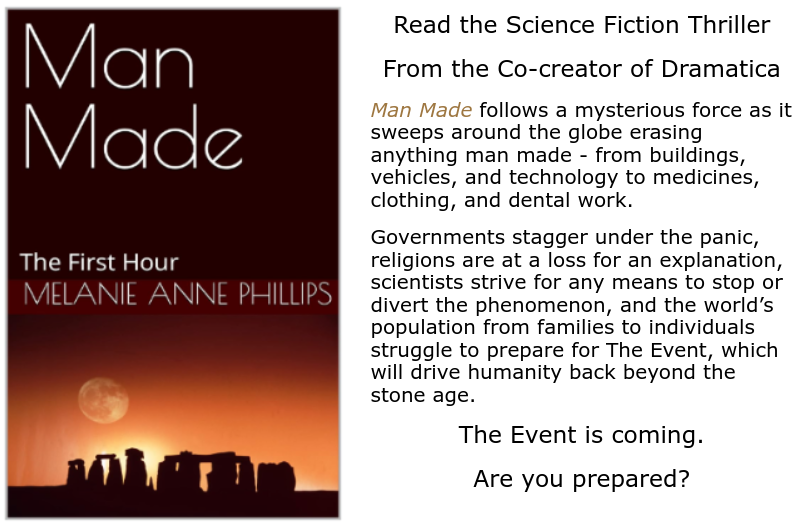Finding the Holes
In Step 5, you created your first comprehensive description of what your story is about – who’s in it, what happens to them, what it all means, and the story world in which it all takes place.
In this step you’ll take a new look at this synopsis to find holes in your story – dramatic elements that are either missing or inconsistent with one another.
For a moment, step out of your role as author, and put yourself in the position of your reader or audience. Read over your story synopsis from Step 5. If something doesn’t make sense, is off kilter, or missing, make a note of it.
List each point in the form of a question, as this tends to help you focus in on exactly what is needed to fix the problem.
When you have finished your novel, your audience will be unforgiving, so be harsh now! Don’t gloss over problems, but don’t try to solve them either. That comes later.
For now, just ask questions about everything that bothers you about your story from an audience perspective, as if you were reading someone else’s description of their story rather than your own.
If push comes to shove and you are just too close to your story to see many problems with it, share your synopsis with friends, family or fellow writers.
Don’t ask them what they think of it – they’ll always pull their punches to be kind. Instead, just tell them to write down any questions they have about your story that weren’t answered in the synopsis – anything they didn’t quite understand or found confusing.
Having them state these issues as questions will get you a far better result than just asking their opinion, for they would really like to know the answers. Friends and family are especially much more likely to be frank if they are just asking questions rather than criticizing.
Using the example below (based on the Snow Sharks example synopsis provided for Step 5) pick your synopsis apart as thoroughly as you can jotting down every question about it that comes to mind.
Example:
Questions About Snow Sharks
From the synopsis:
The government has been developing a new breed of shark that lives in snow rather than water for use as mobile land mines in places such as Siberia or the Arctic.
Questions:
- What branch of the government is involved?
- Is this sanctioned or rogue?
- Who is/are the scientists behind this?
- How long has this program been going on?
- How close are they to a final “product?”
- Do the sharks breathe air?
- Do they require cold (can they live in heat)?
From the synopsis:
A transport plane carrying them crashes in a storm high in the Rocky Mountains.
Questions:
- What kind of plane?
- How many sharks was it carrying?
- Do they all survive?
- Where was the transport taking the sharks?
- Why couldn’t they wait until after the storm?
- How many crewmembers are on board?
- What are their jobs?
- Do they know what they are carrying?
- Do any survive?
10. If so, do the sharks kill all the survivors?
11. Is there anything in the wreckage that reveals the cargo, its nature and who is behind it?
12. Is the crew able to contact their command center before crashing?
13. Are they able to convey their location?
14. Is there a rescue beacon?
15. Does the plane carry a “black box.”
Using this example as a guide, separate your entire Step 5 synopsis into short sections (as above) and then come up with as many questions as you can (within reason) about each section.
Next, in Step 7, we’ll take each question, one at a time, and generate several potential answers that would satisfy them, thereby expanding and enriching your evolving story, even while you fill its holes and fix its inconsistencies.
 This article is based on our StoryWeaver Step-by-Step Story Development Software that guides you through more than 200 interactive Story Cards from concept to completion of your novel or screenplay. Just $29.95 for Windows or Macintosh.
This article is based on our StoryWeaver Step-by-Step Story Development Software that guides you through more than 200 interactive Story Cards from concept to completion of your novel or screenplay. Just $29.95 for Windows or Macintosh.
Click here for details, demo download or to purchase.

 Your Thematic Message (Steps 29, 30, 31)
Your Thematic Message (Steps 29, 30, 31)


